In the culturally rich and historically significant town of Nathdwara, Rajasthan, a towering 82-meter statue of Lord Shiva, known as the Statue of Belief, stands as a symbol of spirituality and devotion. While this colossal monument is the tallest representation of Shiva in the world, it is what lies at its base that offers a truly transformative experience. Designed by the renowned Sanjay Puri Architects, the Aatma Manthan Museum is an architectural and spiritual masterpiece. It serves as a portal for self-exploration and introspection, where visitors are guided on a profound journey that integrates architecture, technology, and natural elements.
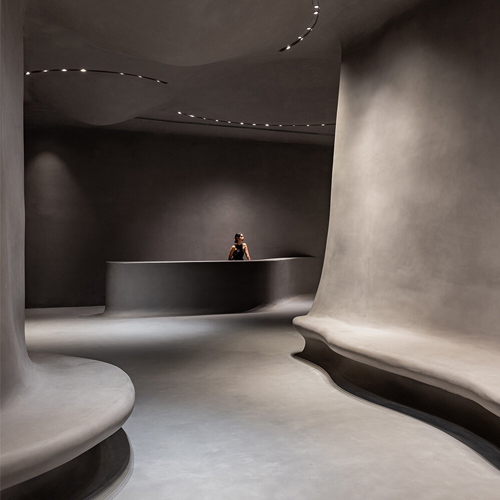
A Spiritual Vision Translated into Architecture
The Aatma Manthan Museum takes its name from the Sanskrit term "Aatma Manthan," which means "churning of the soul," symbolizing a deeper level of self-reflection and introspection. This theme runs throughout the museum’s design, both spatially and experientially. Sanjay Puri and his team envisioned the museum as a space where the connection between the soul (aatma), mind (mana), and body (tann) could be realized through the interplay of form, light, and immersive digital displays.
Covering 1,672 square meters, the museum’s design is deeply rooted in its spiritual purpose, reflected in every architectural decision. Rather than simply housing artifacts or relics, the Aatma Manthan Museum actively engages its visitors, taking them on a metaphorical and literal journey through 18 zones, each evoking different aspects of introspection and connection to the universe.
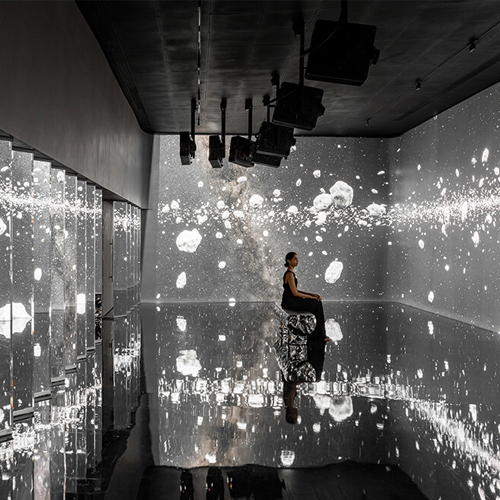
A Welcoming Space for Contemplation
The visitor’s experience begins in the museum's foyer, which immediately sets the tone for the entire journey. Sanjay Puri Architects describe this area as a “fluid volume,” characterized by organically curving forms. The design elements in this entrance area—bulbous ceilings, mushroom-like columns, and seamless bench seating—seem to flow naturally from the walls and floor. This smooth continuity between architectural forms creates a sense of fluidity and calm, drawing visitors into the space as if they were entering a sanctuary.
What makes this area particularly unique is its textural and acoustic treatment. All surfaces are coated with a thin layer of sound-absorbing foam concrete, which not only enhances the space’s sensory qualities but also contributes to a serene, almost monastic atmosphere. The soft grey color palette reinforces the feeling of tranquility, allowing visitors to immerse themselves fully in the experience without external distractions.
Even the lighting in this space is meticulously designed. Semi-circular track lights trace the ceiling’s curves, accentuating the interior's fluidity. This thoughtful integration creates a seamless unity, with every element, whether structural or decorative, feeling naturally embedded within the space.
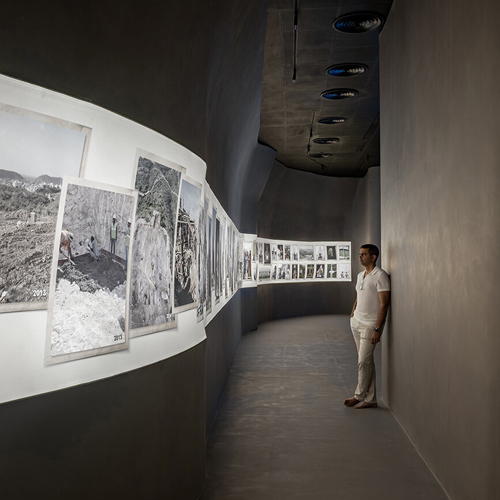
Immersive Experiences Across 18 Zones
As visitors move beyond the foyer, they are guided through a sequence of 18 interconnected zones, each designed to heighten their spiritual awareness and introspective experience. These zones include various thematic areas such as the “zone with elements,” the “semi-immersive zone,” and the “fully immersive zone,” where visitors are exposed to a blend of cutting-edge technology and natural elements.
One of the museum's most notable features is its undulating corridor that leads visitors deeper into the heart of the experience. This corridor, with its dynamic, wave-like form, projects digital imagery depicting the museum’s conceptualization and construction, providing insight into the creative process behind this ambitious project. This digital narrative not only enhances the spatial experience but also connects visitors to the physical making of the museum, thereby bridging the gap between creator and spectator.
Once inside the museum’s central zones, the journey becomes an immersive expece in every sense. One of the museum’s signature installations envelops visitors in a geological landscape, transporting them into a world that feels simultaneously earthly and otherworldly. Another space utilizes a zig-zagging mirror wall, where visitors are confronted with their own reflections multiplied infinitely. This reflective installation evokes a sense of introspection, encouraging visitors to examine their own identities in the context of the infinite, much like the concept of “churning the soul.”
In yet another space, the museum transforms into a cosmic spectacle. Here, the mirrored walls are paired with a polished floor that reflects the cosmos, with suspended planets seemingly floating in mid-air. The effect is breathtaking, reminding visitors of the vastness of the universe and their place within it. The juxtaposition of the intimate, reflective spaces and the grandeur of the cosmic scenes creates a harmonious balance between personal introspection and universal exploration.
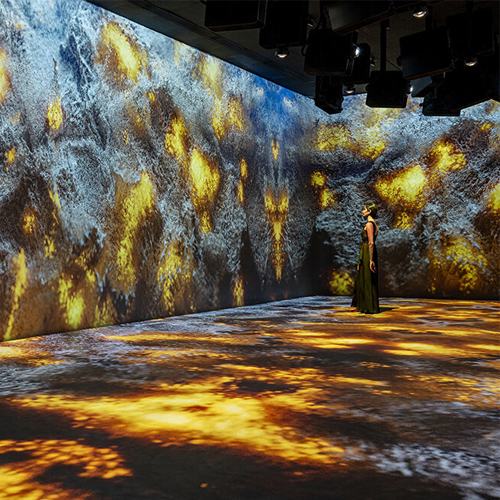
Seamless Integration of Technology and Nature
While the museum’s use of cutting-edge technology is impressive, it never overshadows the underlying spiritual intent of the space. Sanjay Puri Architects have masterfully balanced the digital and the natural, ensuring that the technology enhances rather than detracts from the contemplative atmosphere of the museum.
Many of the museum’s installations employ soundscapes and wall-to-wall visuals that immerse visitors in experiences that range from elemental forces like fire and water to celestial wonders like galaxies and stars. These audiovisual elements are carefully calibrated to evoke emotional responses, whether it be awe, introspection, or peace.
Moreover, the museum offers smaller, more intimate spaces for visitors to engage with their surroundings in a quieter, more personal way. These nooks and alcoves provide moments of respite from the grander, more immersive experiences, allowing visitors to reflect on their journey and connect with nature in a more subdued setting.
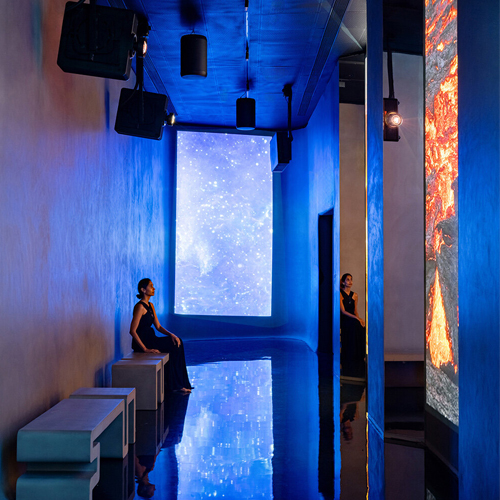
A New Cultural Landmark in Rajasthan
The Aatma Manthan Museum is more than just an architectural masterpiece; it is a cultural and spiritual landmark that enhances the overall experience of the Statue of Belief. By blending spirituality, nature, and immersive technology, Sanjay Puri Architects have created a space that not only serves as a place for reflection but also inspires awe and wonder in all who visit.
This museum is not merely a static exhibit but an evolving experience that invites visitors to explore the deep connections between mind, body, and soul. Whether through the mirror installations, the cosmic displays, or the intimate natural spaces, each visitor is encouraged to undertake their own unique journey of self-discovery.
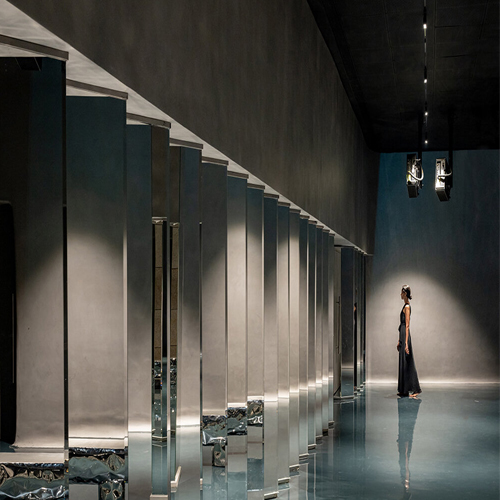
Architecture as a Spiritual Journey
In the Aatma Manthan Museum, Sanjay Puri Architects have crafted a space that transcends the boundaries of traditional architecture, blending technology, spirituality, and nature into a seamless, immersive experience. The museum’s design is a reflection of the broader cultural and spiritual landscape of Rajasthan, serving both as a modern architectural feat and as a place of deep personal reflection.
Images- designboom.com, archello.com

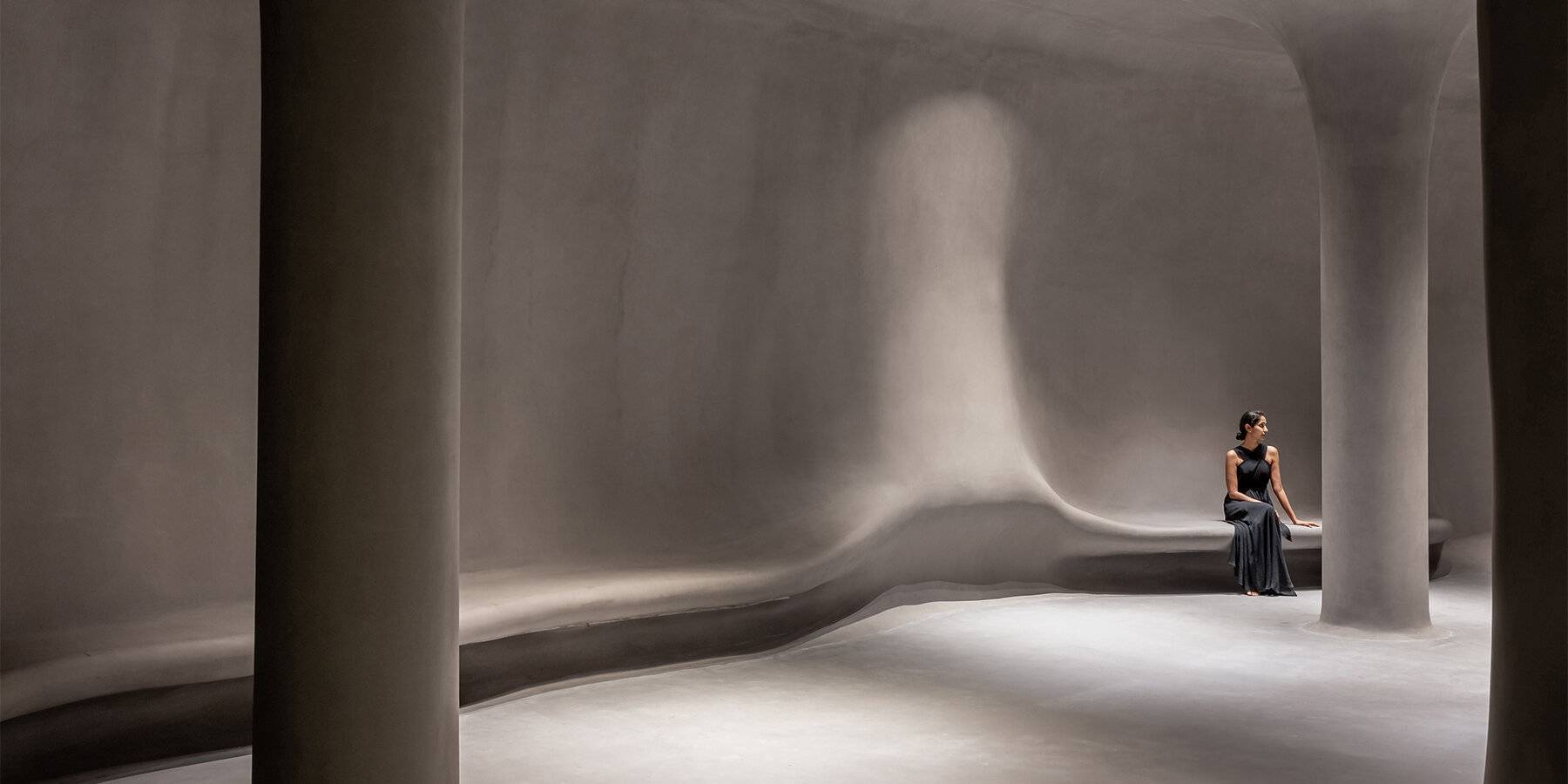
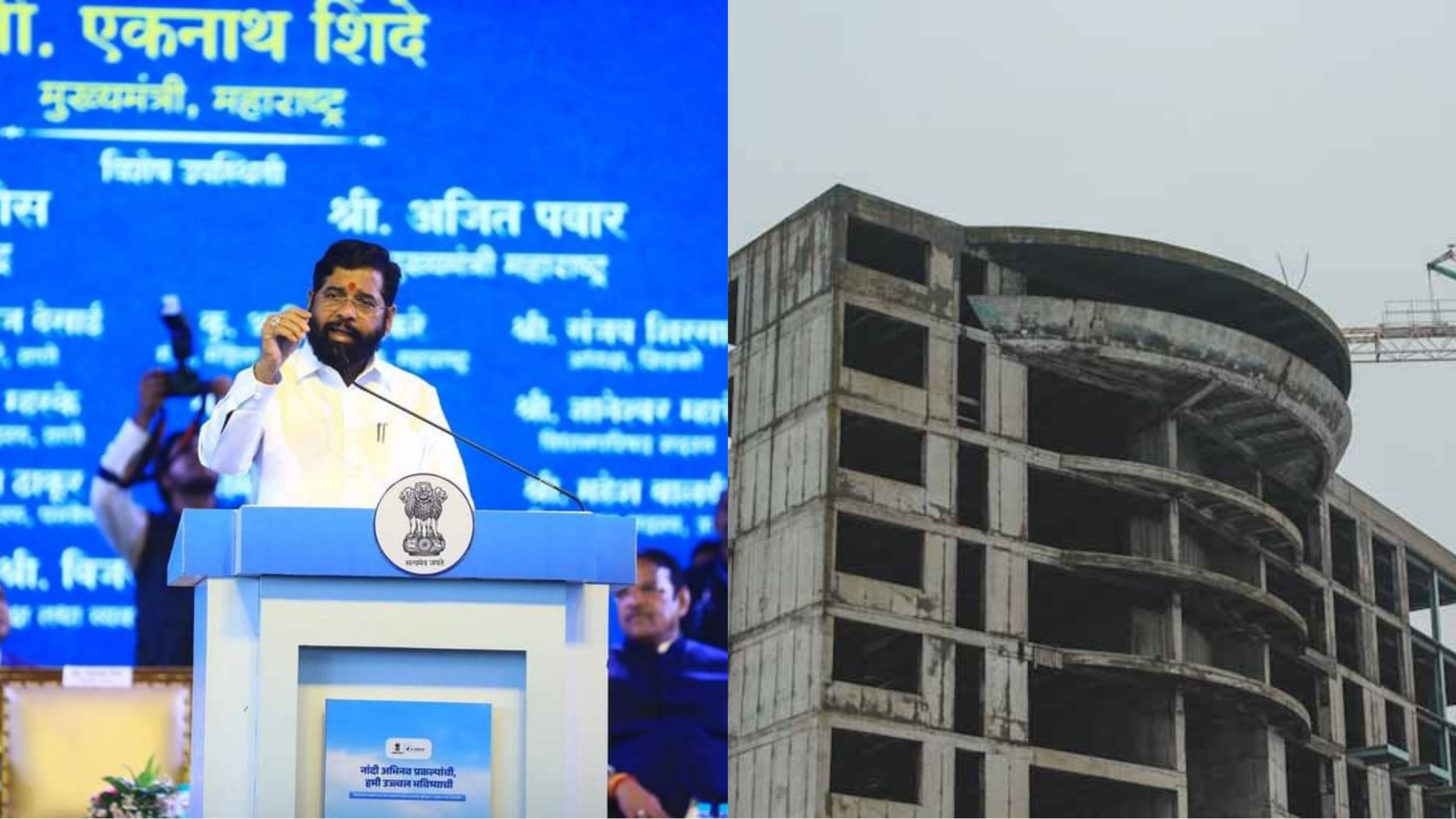
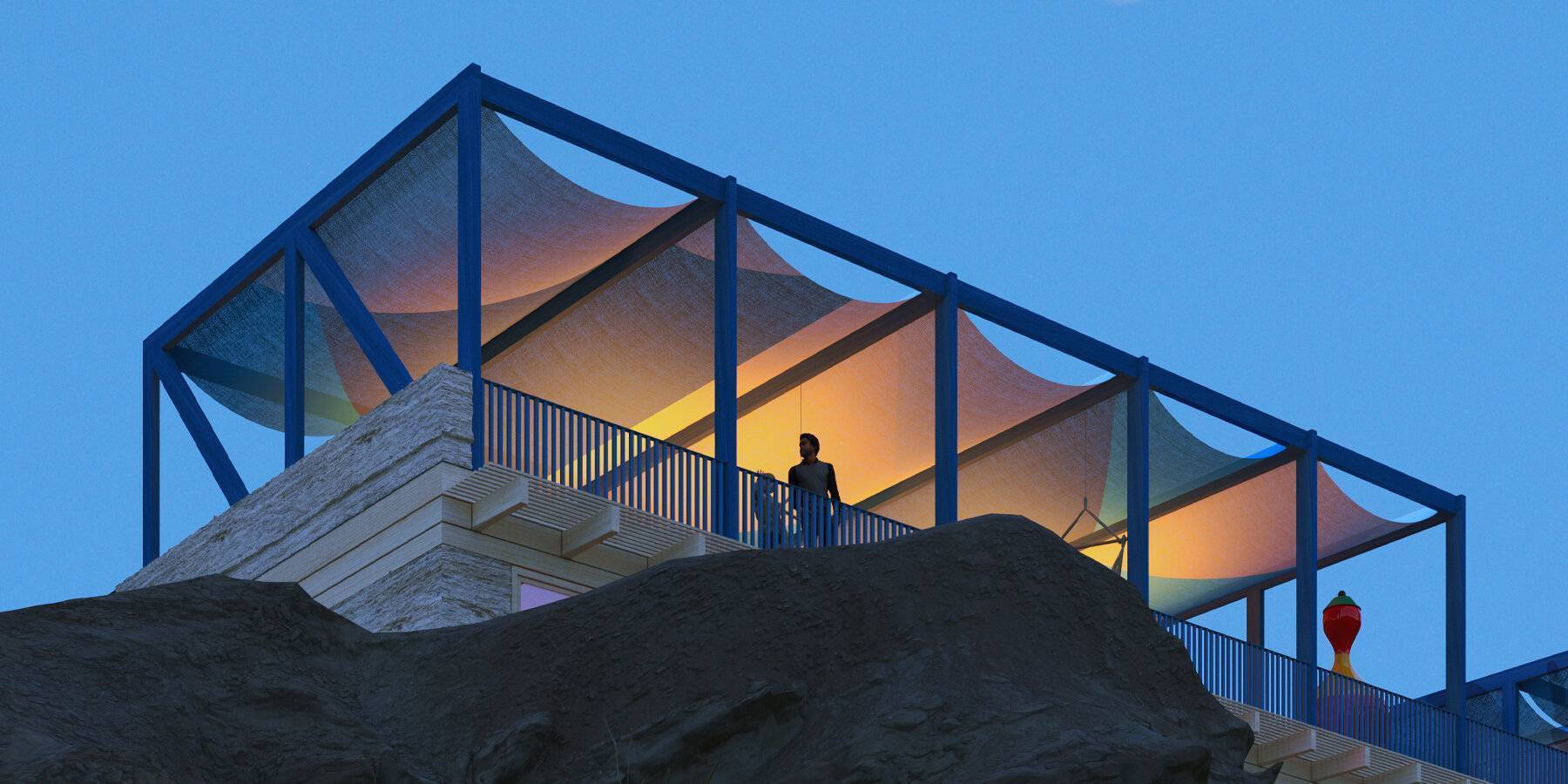


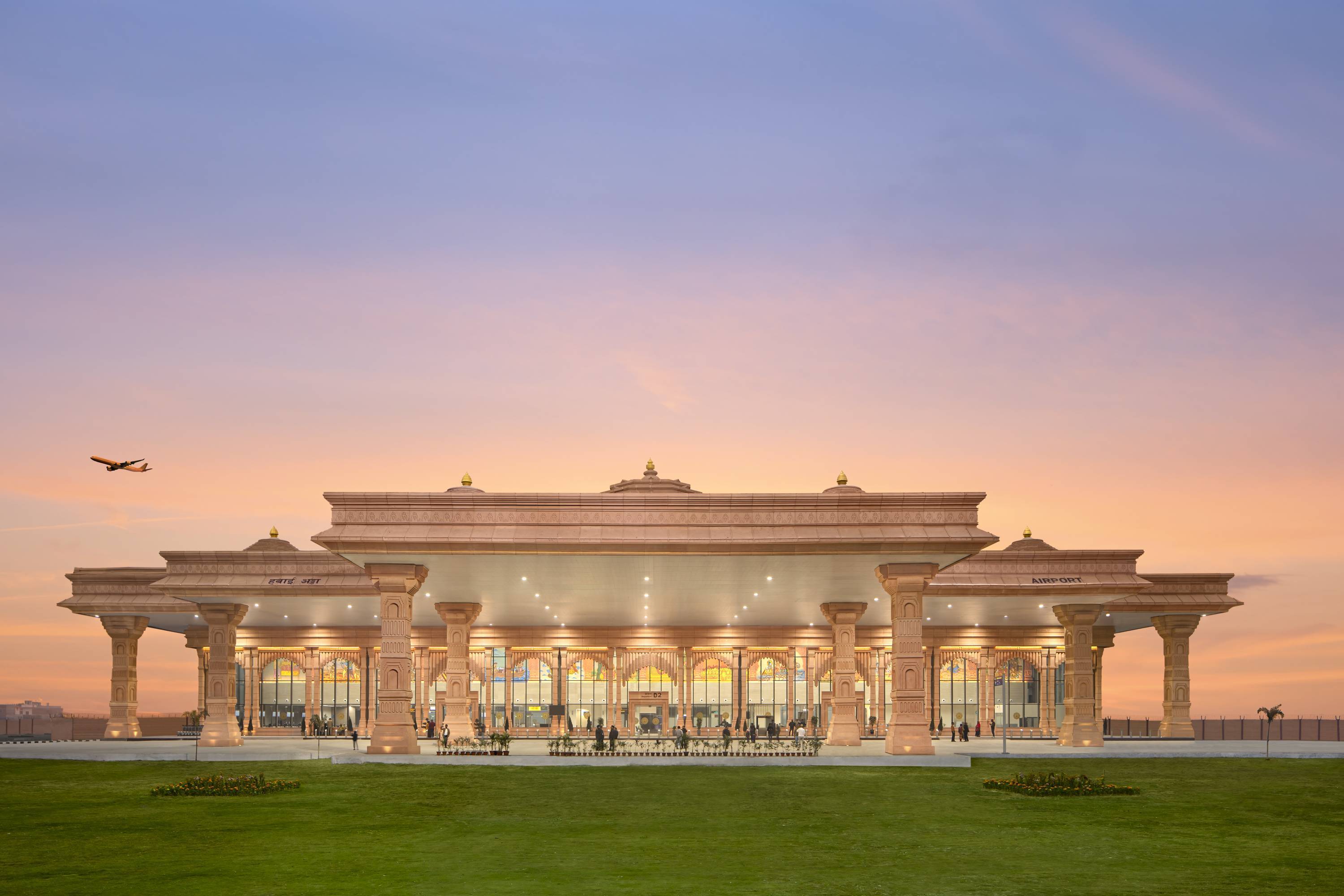

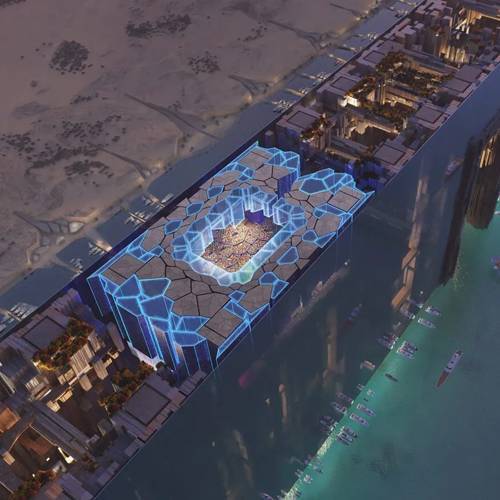
.png)